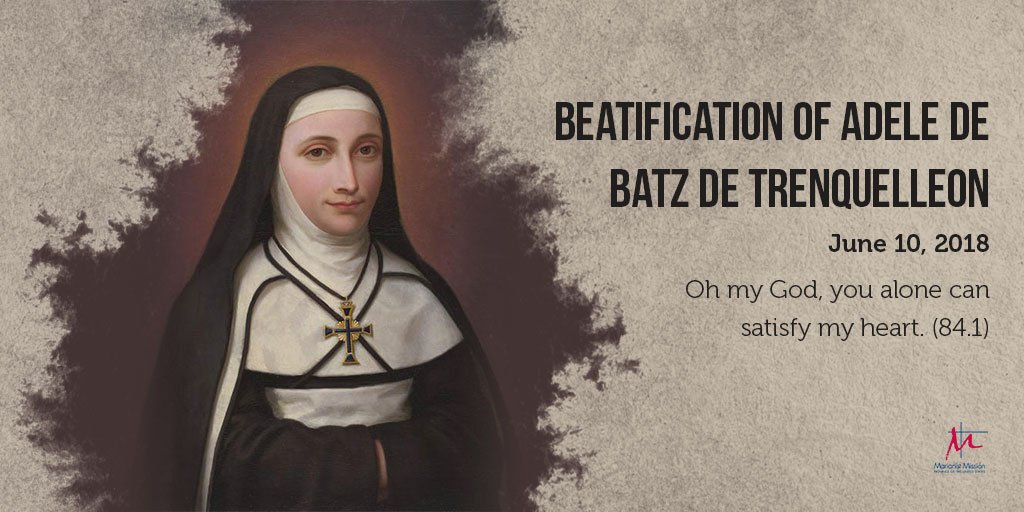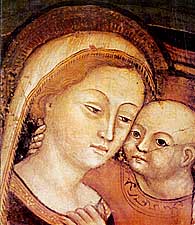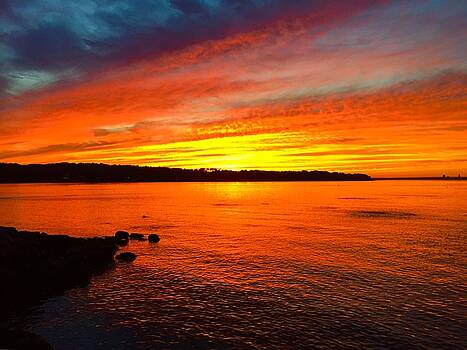 “You are fine just the way you are.”
“You are fine just the way you are.”Those who have attended secular educational institutions in the past few decades have heard this mantra of self-acceptance repeated ad nauseam. We even hear the line echoed on TV or in our songs and music. There is something reassuring about this line because it is half true. Indeed, God loves us and we are loved just the way we are because of God’s infinite goodness. And that is a profound and wonderful truth.
However, after we experience the great peace of knowing God’s love for us, which quiets our anxieties and insecurities, we find another deep desire stirring within us. We desire greatness because we are made for greatness.
Man has always strived for greatness, even though he is often confused about what greatness is. The great lie, which led to the original sin of Adam and Eve, was that God was withholding god-like greatness from them and so they had to seize it for themselves. This counterfeit conception of greatness still has widespread appeal today.
It gained particular traction during the historical age known as the Renaissance and is a defining feature of modernity. In modernity, society went through a sort of adolescent struggle for identity: seeking to separate itself from God to establish itself. Only after leaving behind infantile faith could mankind be free to independently pursue its greatness according to its own ideas.
Taking the other side of the false opposition between God and man proposed by modernity was the reaction put forth by the more radical Protestants: God alone is great and any assertion of man’s goodness or striving for greatness is blasphemy. They believed that, because man and all of creation is so fallen, evil, and utterly depraved, we should exclusively focus on God alone. To honor man or creation would be idolatrous. This exclusivist reaction to the vanity of humanism inspired iconoclasm and skepticism toward human achievements including those of philosophy, science, and art. Churches were white-washed to hide any beauty that might distract from the lone cross permitted on the barren walls (which represented Christ alone).
Today we celebrate the memorial of St. Ignatius of Loyola, founder of the Society of Jesus—a Christian who strove with all his might for God’s glory and in doing so realized his own greatness.
Before his conversion Ignazio had sought his greatness as a soldier on the battlefield. After a serious injury he was inspired to seek greater glory while reading the lives of the saints. The humility which accompanies conversion cured his pride, but not by extinguishing his desire for greatness. Instead, it clarified what true greatness was with the light of eternal truth, and it enkindled and formed his desire for greatness into the virtue of magnanimity. As St. Thomas says, “There is in man something great which he possesses through the gift of God; and something defective which accrues to him through the weakness of nature. Accordingly magnanimity makes a man deem himself worthy of great things in consideration of the gifts he holds from God.”
St. Ignatius—enlightened by faith—understood that our greatness comes from God, who is himself the source of all goodness and excellence. He also understood that God is generous and desires to share his greatness with us—even raising us up by grace—to share in his own divine life.
Similarly, the Church’s attitude toward the striving of humanism was not to cover up or put down the achievements of humanity but to raise them up even higher by orienting them in relation to God. The Church bestowed the greatest glory given to human art when it commissioned the masters of the Renaissance to give glory to God through masterpieces that elevate our souls to God in worship.
We can also see this close relationship between God’s greatness and our own embodied in the two most famous Jesuit churches in Rome, both designed in the Baroque style, which sought to emphasize God’s abundant greatness through beautiful adornment.
The Church of the Gesu boasts above its high altar the letters IHS, which stand for “the Holy Name of Jesus.” Above that, the apse fresco represents Jesus as the glorified Lamb of God. Finally, the ceiling fresco shows the triumph of the name of Jesus in heavenly glory. As the name of this church suggests, everything in it points to the greater glory of Christ, God-become-man. The beautiful artwork within it shares the goal of St. Ignatius’ life: to exalt the name of Jesus for the greater glory of God.
In the church of St. Ignatius the ceiling fresco shows Jesus Christ glorified in heaven, holding his cross, and St. Ignatius being lifted up in glory. St. Ignatius, who strove to live not only for God’s glory but ad maiorem Dei gloriam, for the greater glory of God, is himself glorified by God. Surrounding him are people from every continent to whom the Jesuit missionaries preached the Gospel. God created us to share in his life in Jesus Christ, so that we may one day enjoy the perfect happiness of the beatific vision. This is the greatness we were made for and that God wants to give us!
May we imitate the example of St. Ignatius in seeking our true greatness through giving glory to God in our lives. In so doing we echo the words of the Blessed Virgin Mary, the most exalted of all creatures: “My soul magnifies the greatness of the Lord.”
Written by Br. John Paul Kern, O.P.




















